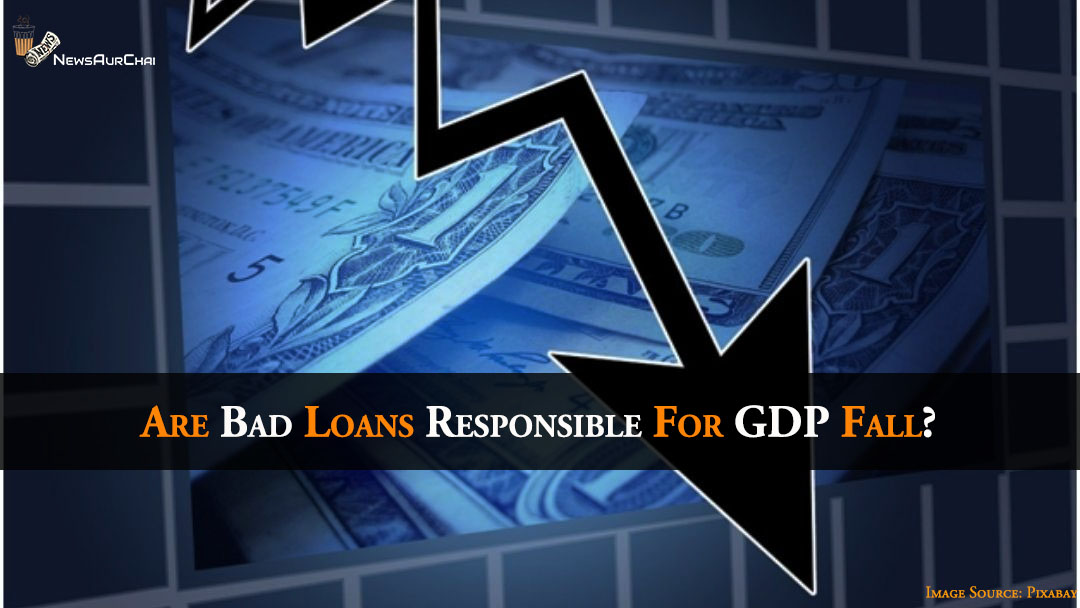
Ever since the turn of the century, the Indian economy has been growing at a very rapid rate. Within this time, many people have been lifted out of poverty, to be precise, 271 million people– meaning the poverty has fallen drastically from around 55 per cent to 28 per cent.
The access to electricity has also improved, going by the status in 2007, just 70 per cent of the population had access to power; however, by 2017 that grew to nearly 93 per cent. Moreover, in an attempt to make India clean, the government launched the scheme of ‘Swachh Bharat Abhiyan’ or ‘Clean India Mission’ wherein through this mission over 110 million toilets were constructed, promoting a massive step towards better sanitation and in an attempt to prevent the practice of open defecation.
However, in the third quarter of 2019, India’s economic growth slowed down by 4.5 per cent, making it the worst reaching below 5 per cent since 2013. Economists say that to cope up with the people entering the workforce every year, the country needs an annual growth above 9 per cent to ensure there are enough jobs.
Furthermore, government officials argue that the economic slowdown is due to the international crisis between the U.S and China. The political uncertainty and tensions between both countries have escalated the willingness of investors across the globe to invest in India and other countries. Even the United Nations has warned that the global economic condition is in a “clear and present danger”.
However, back in India, economists give a different picture saying that the economic slowdown is self-caused. One of the most apparent cause is the shadow banking sector. During the 2000s, the country saw a massive investment hype. It was followed by state banks giving out considerable loans to big infrastructural projects. However, some of the companies who had taken the loans couldn’t repay, which meant that the banks weren’t receiving what they had given. This was when the saviour shadow banks stepped in. According to CNBC, “shadow banks are institutions which operate like ordinary commercial banks but don’t follow traditional banking rules”.
These banks started giving in loans to small businessmen and consumers who had no access to credit. However, in 2018 the shadow banks defaulted on its debt repayments and sent shockwaves to the traditional banks that had supported the sector. This created a ripple effect, and thus it made it hard for people to buy expensive cars which hurt India’s biggest industry– the automobile industry. A similar result was seen in the agriculture and construction sector as well.
These situations itself proves that bad loans are responsible for India’s GDP fall. The bad loans have impacted the economy in such a way that people have been saving more than investing, which gives a clear picture regarding whether or not India is going through an economic crisis.
Although what comes as a shock is that former RBI governor claimed that India never recovered from the global financial crisis.






One Comment